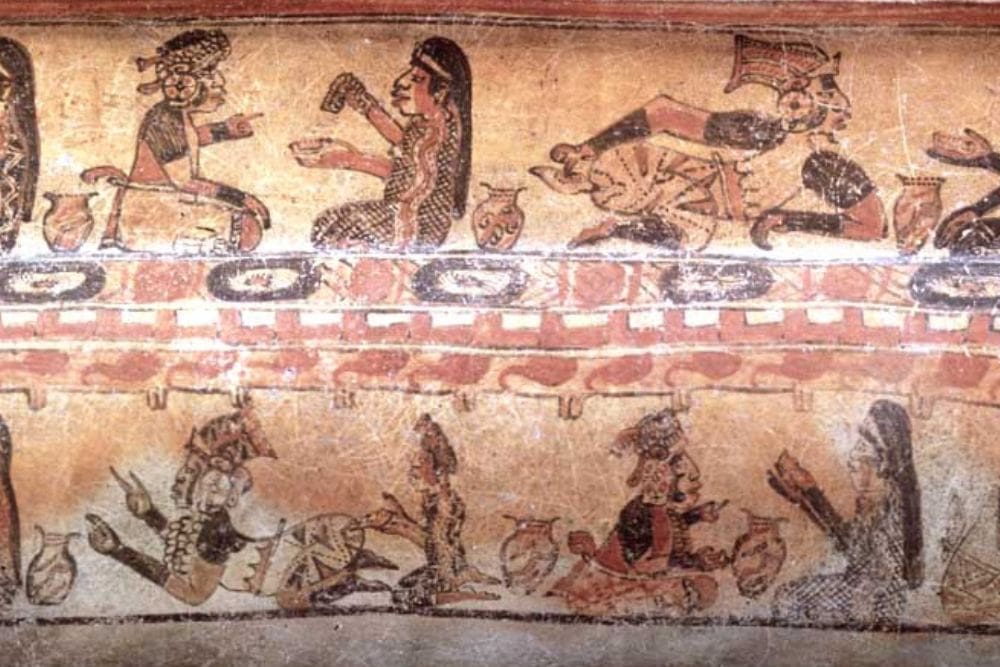Many of you have probably learned the basics about the Mayan Empire because of your High School history class. You most likely already know that they were an ancient civilization in southern Mexico, Guatemala, northern Belize and western Honduras. But few people know how truly strange the Mayan people were. Here are some of the weirdest facts about life in the Mayan Empire.

The Mayans Became Drunk And High Off Chocolate
Nothing makes for a romantic night with your partner like a bottle of wine and a box of chocolate. But the Mayans took it to another level. They would ferment their cocoa beans, making for an inebriating chocolate beverage. However, instead of drinking it the normal way, it was administered through enemas (through the “back door”). Exactly why did the Mayans choose to drink their chocolaty beer this way? One theory references a piece of Mayan art depicting a Mayan hanging over a vat of the stuff and receiving it in the rear while they vomit. Perhaps this was a way to speed up the process of intoxication when the stomach was not so inclined. It may have also been part of a ritual that involved hallucinogens. University professor Peter de Smit even tested this theory by rectally self administering alcohol and DMT and monitoring the effects on his toxicology.

